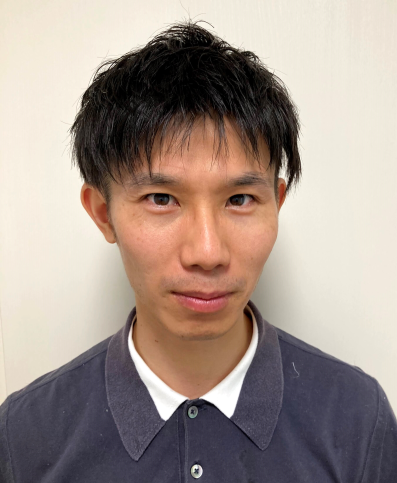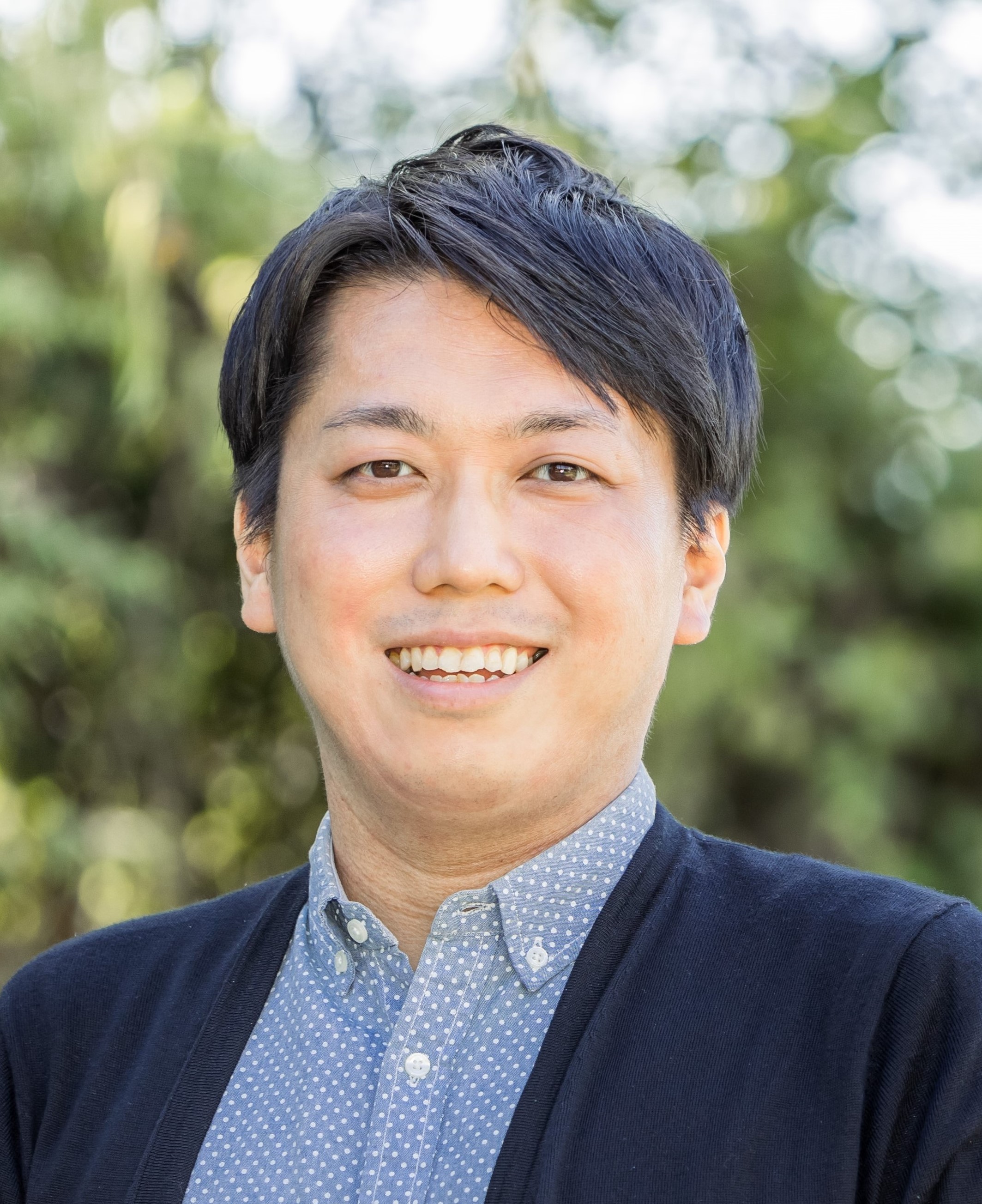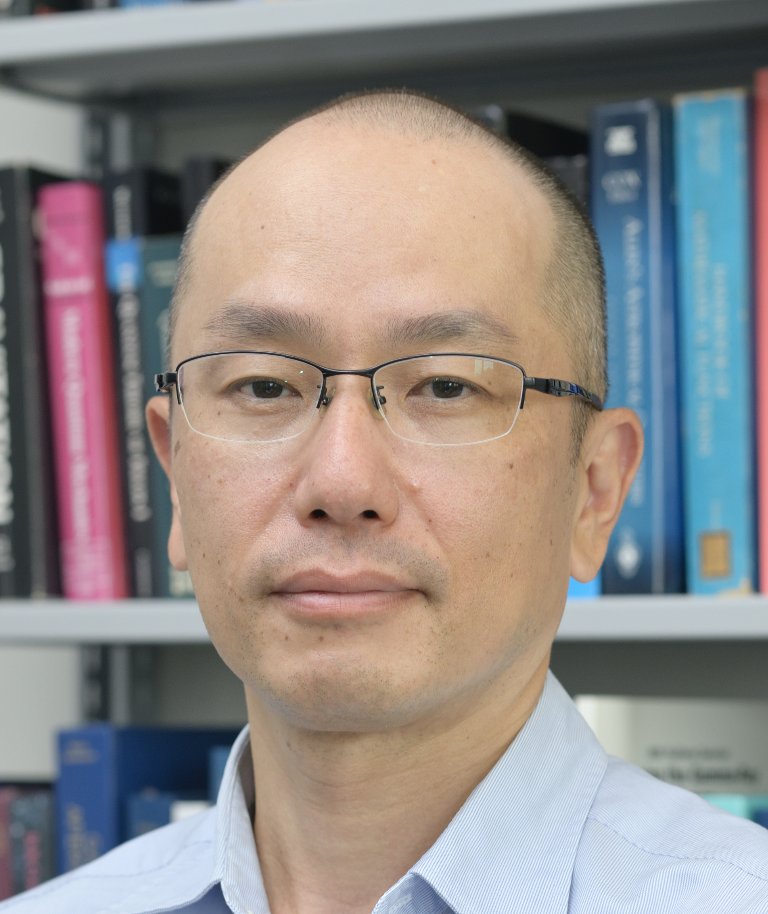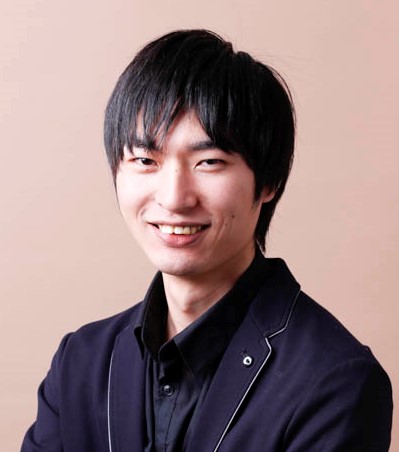DATE2022.11.01 #Events
Disclaimer: machine translated by DeepL which may contain errors.
Let's create the future of science together.
The University of Tokyo's Faculty of Science will hold a special class for high school students taught by the world's leading Top Scientists.
The general public is also welcome to attend.
- Date: Monday, December 26 and Tuesday, December 27, 2022
- Monday, December 26, 13:00-16:00
- Tuesday, December 27, 13:00-15:55 (without opening remarks)
| Time Schedule | |
|---|---|
| 13:00-13:05 | Opening Remarks |
| 13:05-13:45 | Lecture 1 (40 minutes) |
| 13:45-14:00 | Q&A (15 minutes) |
| 14:00-14:05 | Break |
| 14:05-14:45 | Lecture 2 (40 minutes) |
| 14:45-15:00 | Q&A (15 minutes) |
| 15:00-15:05 | Break |
| 15:05-15:45 | Lecture 3 (40 minutes) |
| 15:45-16:00 | Q&A (15 minutes) |
| 16:00 | End |
The materials for participants (PDF) are no longer available.
Lecture Contents
Day 1: Monday, December 26

The square root of a number is the number that, when squared, equals the original value; the square root of 1 is 1 or -1, and in particular, 1 that is greater than or equal to 0 is defined as √1 in high school. Have you ever thought, "It seems unnatural to choose only 1 as √1 when both 1 and -1 are equal as solutions to the algebraic equation x^2=1? In fact, when the domain of the function √x is extended to complex numbers, the unfamiliar equality "√1=-1" can be derived. This is not a contradiction at all, but rather, it is thought that the extension of the domain to complex numbers has allowed us to capture "the original state of the function √x," which has 1 and -1 as equal values. Through these considerations, we will introduce you to a glimpse of the theory of complex functions and other mathematics that you will learn in college.

The properties of matter (conductivity, magnetism, etc.) are often determined by the behavior of the electrons contained in it. Normally, these electrons are in a state of equilibrium or close to it, a "settled" state, and it is not easy to achieve a state away from it. However, recent technological innovations have made it possible to realize and observe "non-equilibrium" states that are far from equilibrium. Non-equilibrium states have the potential to be the basis for future technologies that transcend conventional limits, since they can produce materials (room-temperature superconductivity, time crystals, etc.) that are difficult to achieve in equilibrium. In this lecture, I would like to introduce the state-of-the-art of such research.

The human genome contains genetic information that is the blueprint of our bodies. The remaining 98% has long been thought to be a junk sequence that has no function, but in recent years it has become clear that it actually plays an important role in determining when and where genes work. In this lecture, we will discuss the mechanism of "RNA silencing," in which "small RNA," less than 1/100th the size of a gene, regulates the function of moving genes called "transposons.
Day 2: Tuesday, December 27

From the standpoint of cosmology, which seeks to unify and clarify the birth of galaxies, stars, and planets in the universe that began with the Big Bang, the birth of the first life is still a difficult question that is shrouded in mystery. In this lecture, I would like to discuss the birth of primordial life from a cosmic perspective and consider from the standpoint of science what the problem is and how many life-bearing stars are expected to exist in the universe.

Just as we humans are unique, cells are also unique. By looking at cells one by one, we can see these individualities. However, cells are only about one-tenth the size of the thickness of a hair, and furthermore, they exist in large numbers in the body of an organism. If we were to look at these small and numerous cells one by one with a microscope, we would lose days. So what should we do? We have created a technique that combines the design and fabrication of tiny channels with deep learning and optical technology. In the lecture, I will introduce this technique and the physics behind it, as well as the individuality of cells that this technique reveals.

Viruses such as COVID-19 are currently having a major impact on our social lives. What defenses do we have as humans? In the course of evolution, humans have acquired various defense systems (immune responses) against viral infections. The virus is recognized by "innate immunity," an immune response in the early stages of infection, and then virus-infected cells are eliminated from the body. In this talk, I will explain how humans recognize viruses and how they inhibit viral replication at the molecular level.
Admission
Free of charge
Target audience
Lecture for junior high and high school students *General public is also welcome to attend. General public is also welcome to attend.
Q&A Session
Lecturers and students will answer your questions.
Application Method
Application Form Please register for each day.
We look forward to your participation. Application deadline: Monday, December 26, 2022, 9:00*.
Applications are no longer being accepted. Thank you for your application.
*Please note
- Please fill out all the information on the application. There is a section where you will be asked to write a short essay, so please make sure that the essay is filled out by the participant himself/herself. If there are any omissions, you may not be able to participate.
- After submitting your application, you will be given a URL to watch the video on the day of the event. Please prepare a memo.
- Anyone can register and participate in this lecture.
Sponsor/Inquiries
Public Relations Office, Graduate School of Science, The University of Tokyo
| TEL: 03-5841-7585 | 03-5841-7585 |
|---|---|
| kouhou.s@gs.mail.u-tokyo.ac.jp |
Japan Geoscience Union "Winter Vacation Lecture 2022 for High School Students
The "Japan Geoscience Union Winter Lecture 2022 for High School Students," organized by the Japan Geoscience Union and supported by the Faculty of Science of The University of Tokyo, will be held in succession. will also be held in succession.
Date: Wednesday, December 28, 2022, 13:00-16:00
Venue: SSOL Learning Studio (Room 285), Faculty of Science Building 1, Hongo Campus, The University of Tokyo and online
- Wind, Clouds, and Water on the Planet
Tsuyoshi Imamura, Professor, The University of Tokyo - The First Billion Years of Earth's History: How a Life-Hosting Star Formed
Takeshi Iizuka, Associate Professor, The University of Tokyo
Admission: Free
Target: High school students *Junior high school students are also welcome to participate.
Organized by: Japan Geoscience Union
Supported by: Graduate School of Science, The University of Tokyo
To register, please visit
http://www.jpgu.org/public/20221228/
Contact: Japan Geoscience Union Secretariat
E-mail: office@jpgu.org




